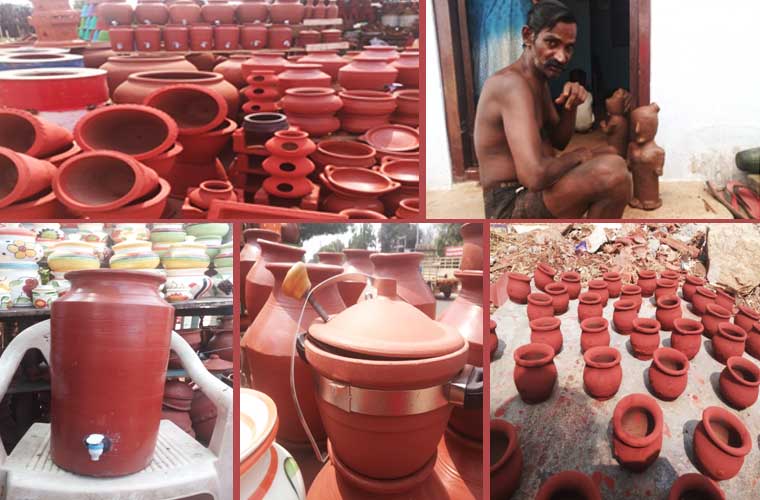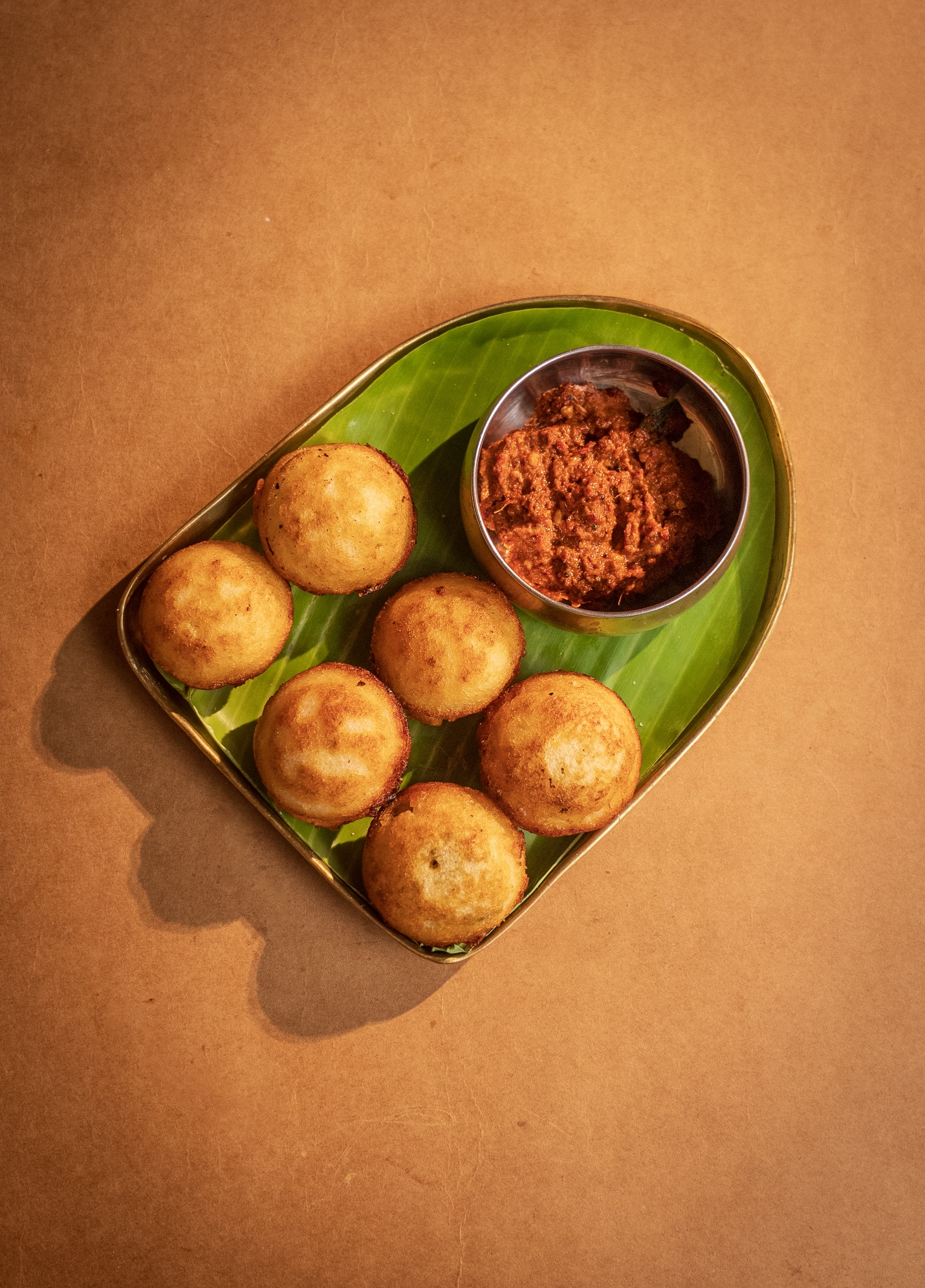Trending Now
- “If Edappadi Palaniswami permits, a thousand young members from the Virudhunagar district AIADMK are prepared to take up arms and engage in battle under my command.” – Former AIADMK Minister Rajendra Balaji
- “India is ready to deal with any counter-attack by Pakistan” – Wing Commander Vyomika Singh
- Central govt orders extension of CBI Director Praveen Sood’s tenure for another year
Coimbatore
Deft hands make clay a useful art
![]() May 26, 2017
May 26, 2017
The beautiful clay pots along the Mettupalayam road cannot be missed by passersby. As British sociologist Janet Finch says, “I thought clay must feel happy in the good potter’s hand.” The skill of a few potters and sellers Covai Post met complements Janet’s thought.
Smilingly, Krishnaveni, whose family has been selling pots for more than 45 years, says the `the happy season’ for potters is summer. “As temperature keeps going up every year, so does the rate of sales. People prefer the shining pots coated with coconut oil and red soil rather than normal rough ones” she says.
Pots are sourced from Kaundampalayam, Salem, Kerala, Karnataka, Pondicherry and also from some interior parts of Coimbatore because the manpower to make pots and the quantity of clay needed have dropped drastically.
Krishnaveni is satisfied with the around 20 per cent gains she makes on these pots. And this is after all the bargaining that the customer makes. What pleases her more is the growing awareness among people for earthen pots which have benefits aplenty.
Close lid pans, water bottles, fridge-like pots, water cans and cookers are the latest in the list of 2017 arrivals.
Freshly made pots are arranged in rows for drying. And here, Manikam is giving shapes to clay with his deft hand. The potter was creating dolls when he was asked how he made them. With rustic simplicity he says: “With my hands.” The art of pot-making runs in his family. None taught him the craft which he says, “I learnt it watching my father and grandfather.”
Pots are usually made in the morning so that they can be dried. Winter is not so good a time for him or craftsmen like him. It is hard to dry pots and the demand too is not encouraging, he says.
His daughter led us through an array of little quaint kulfi pots.
Though it is still the agent through whom Manikam sells his pots, the materials that go to make the pots are his own `investment’ which does not yield him huge profits but a small income to take forward his art for livelihood.























